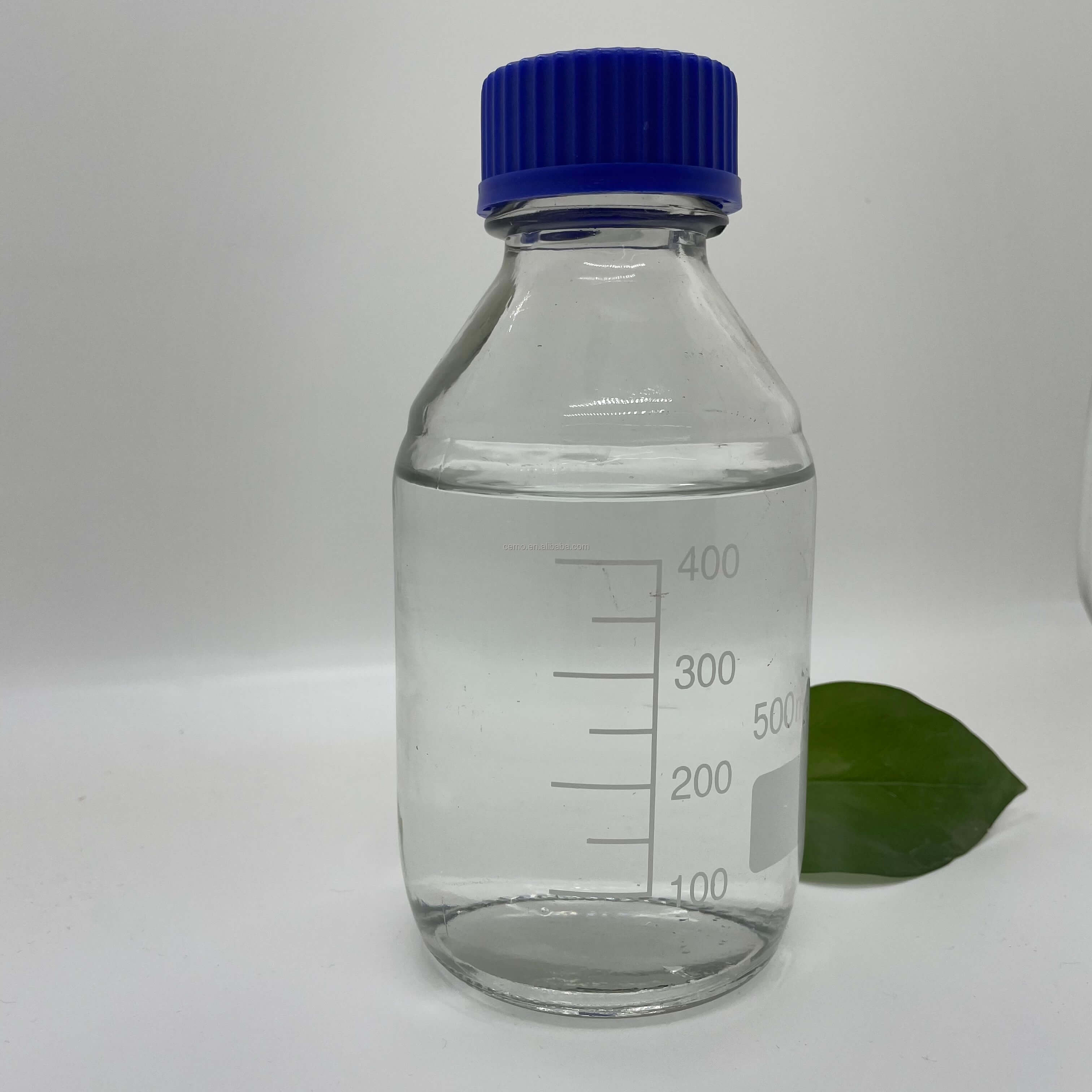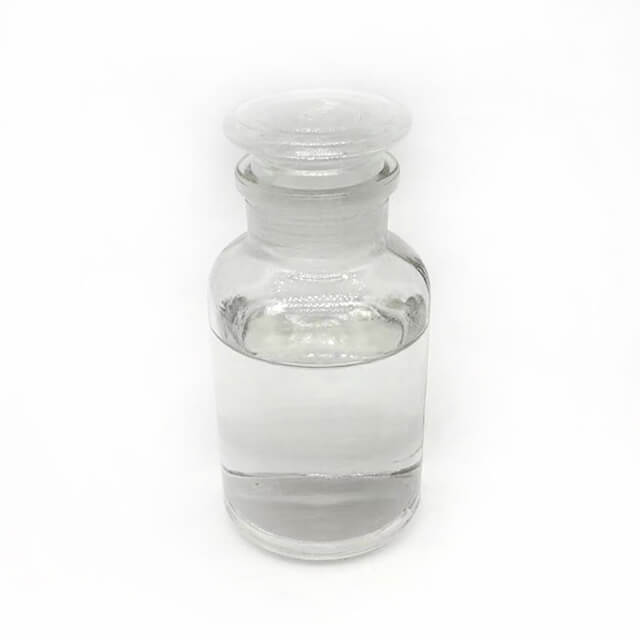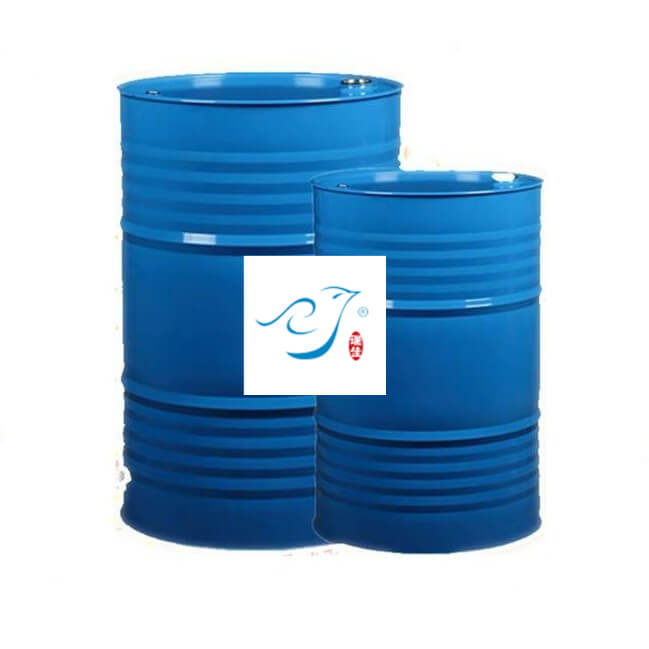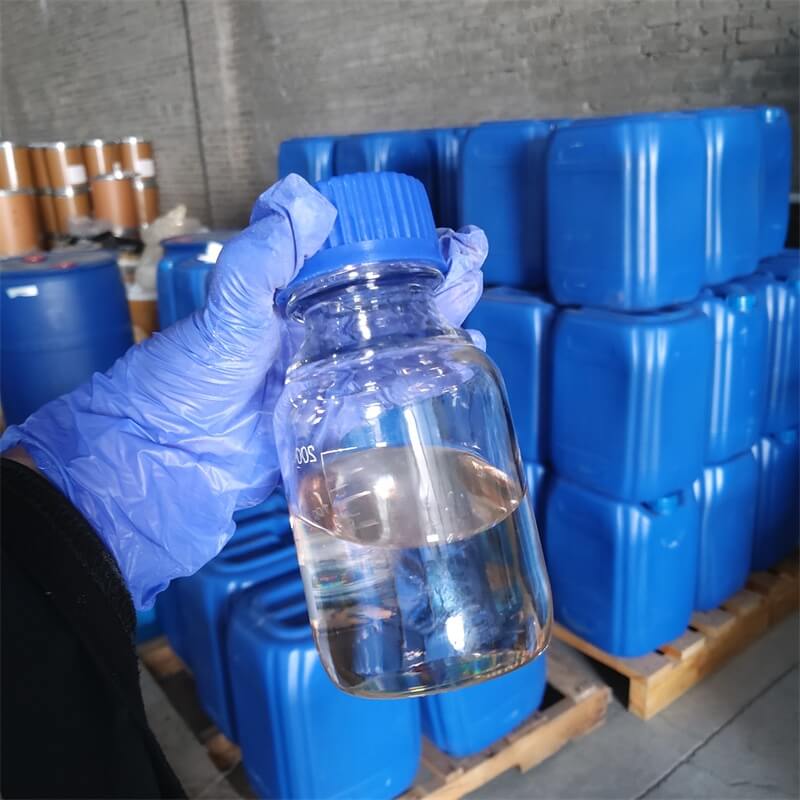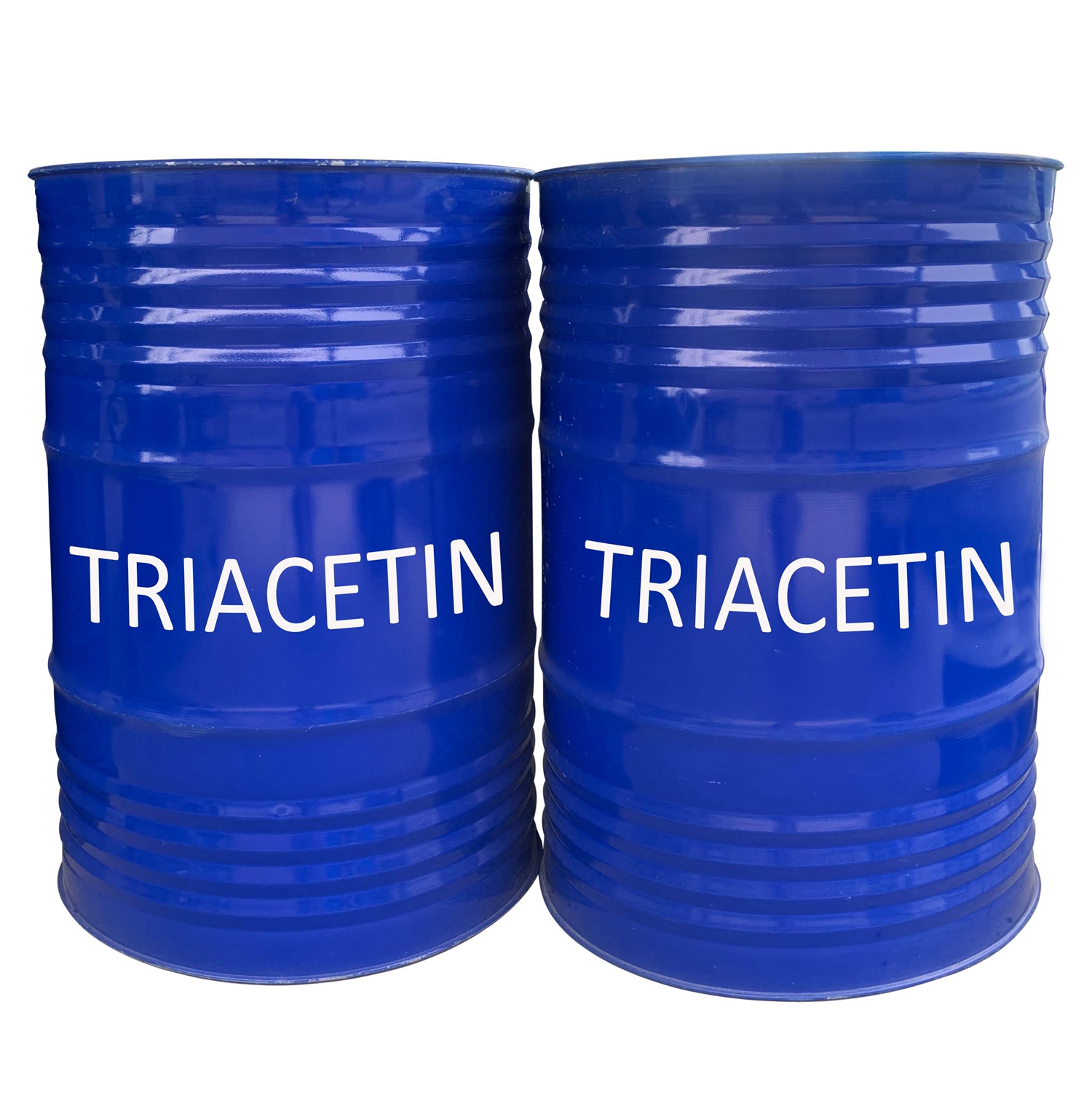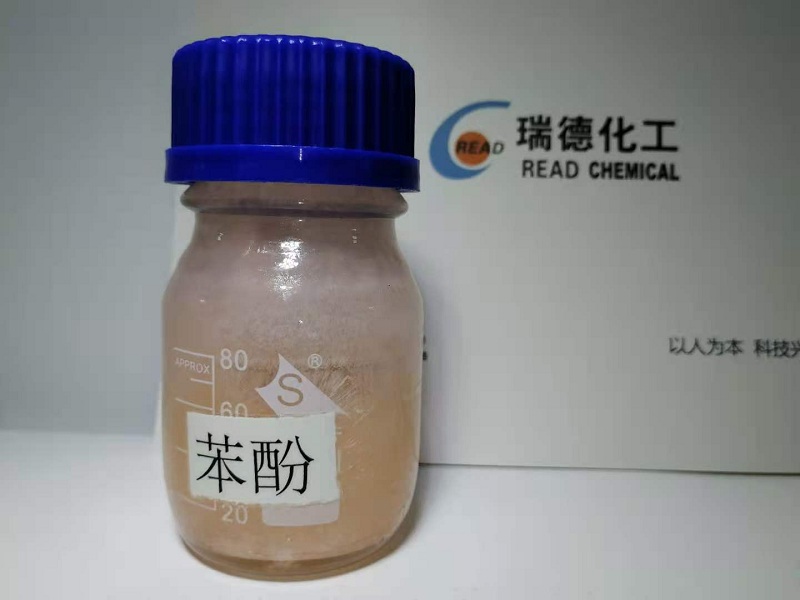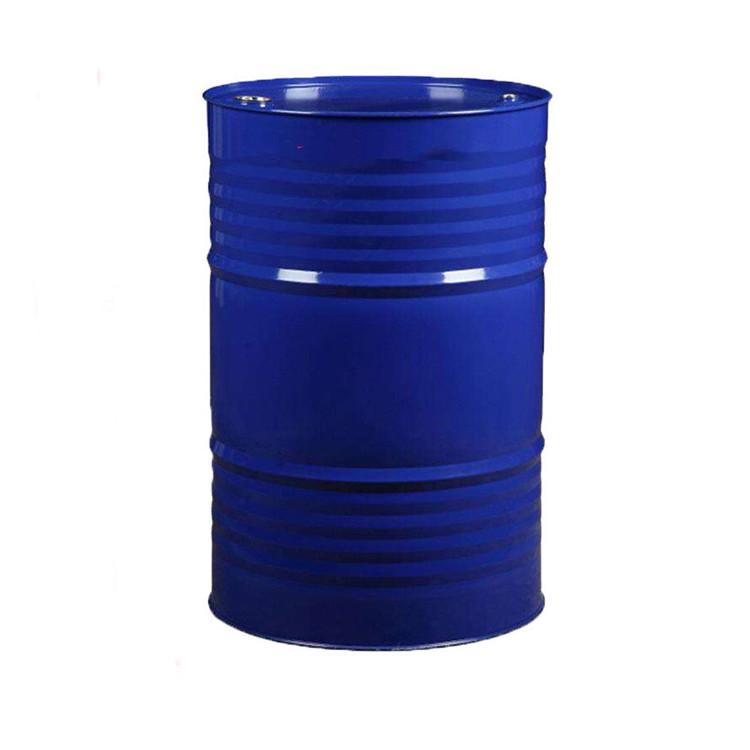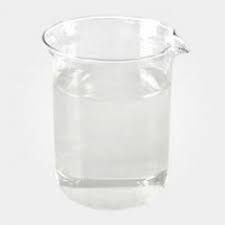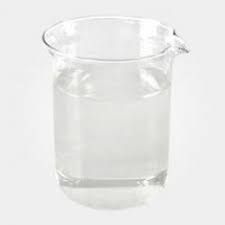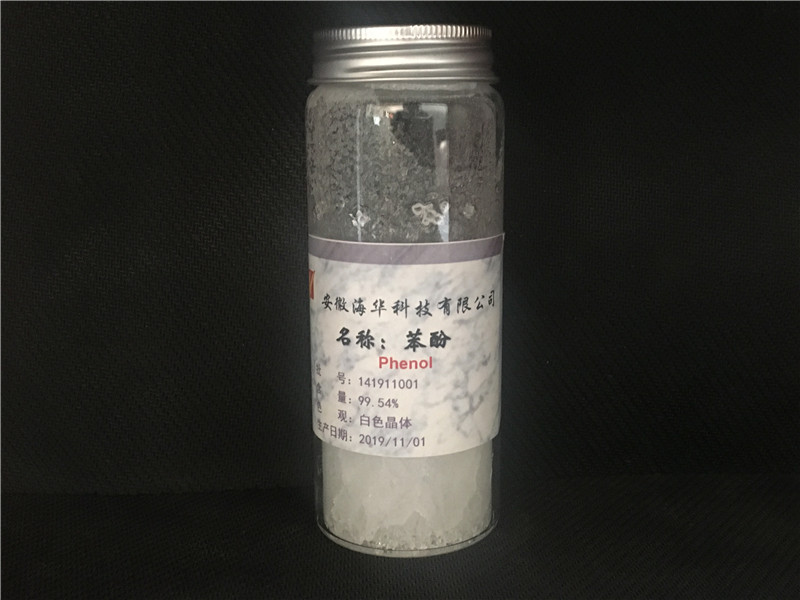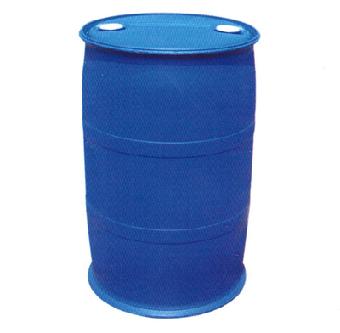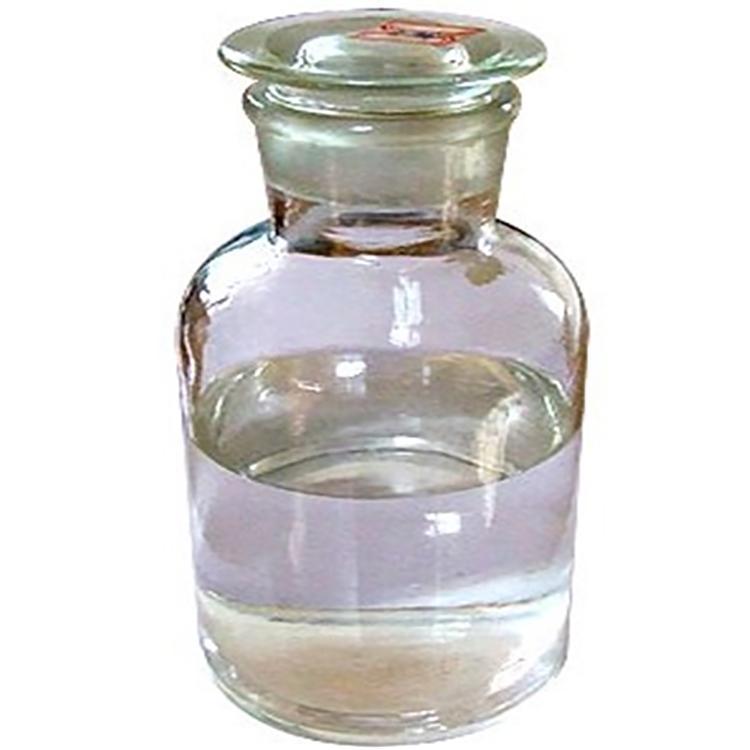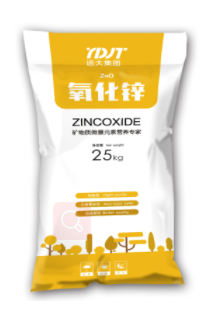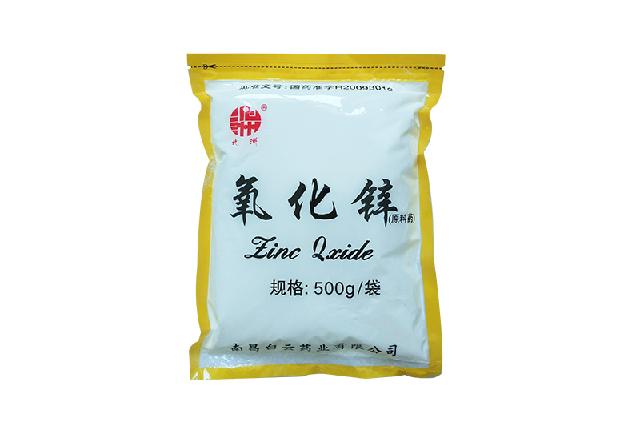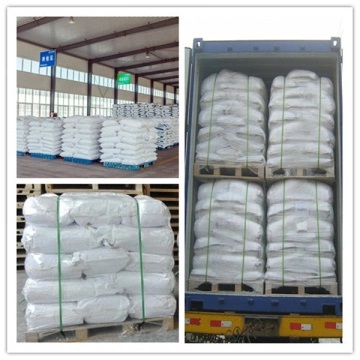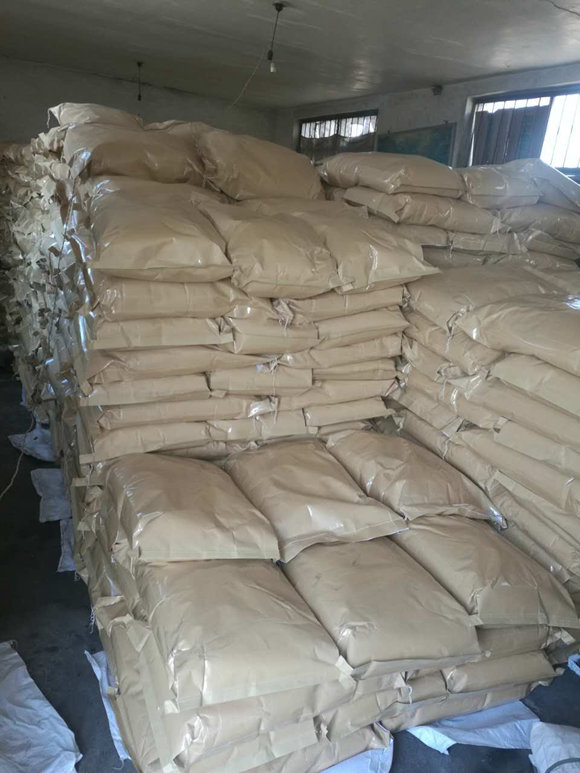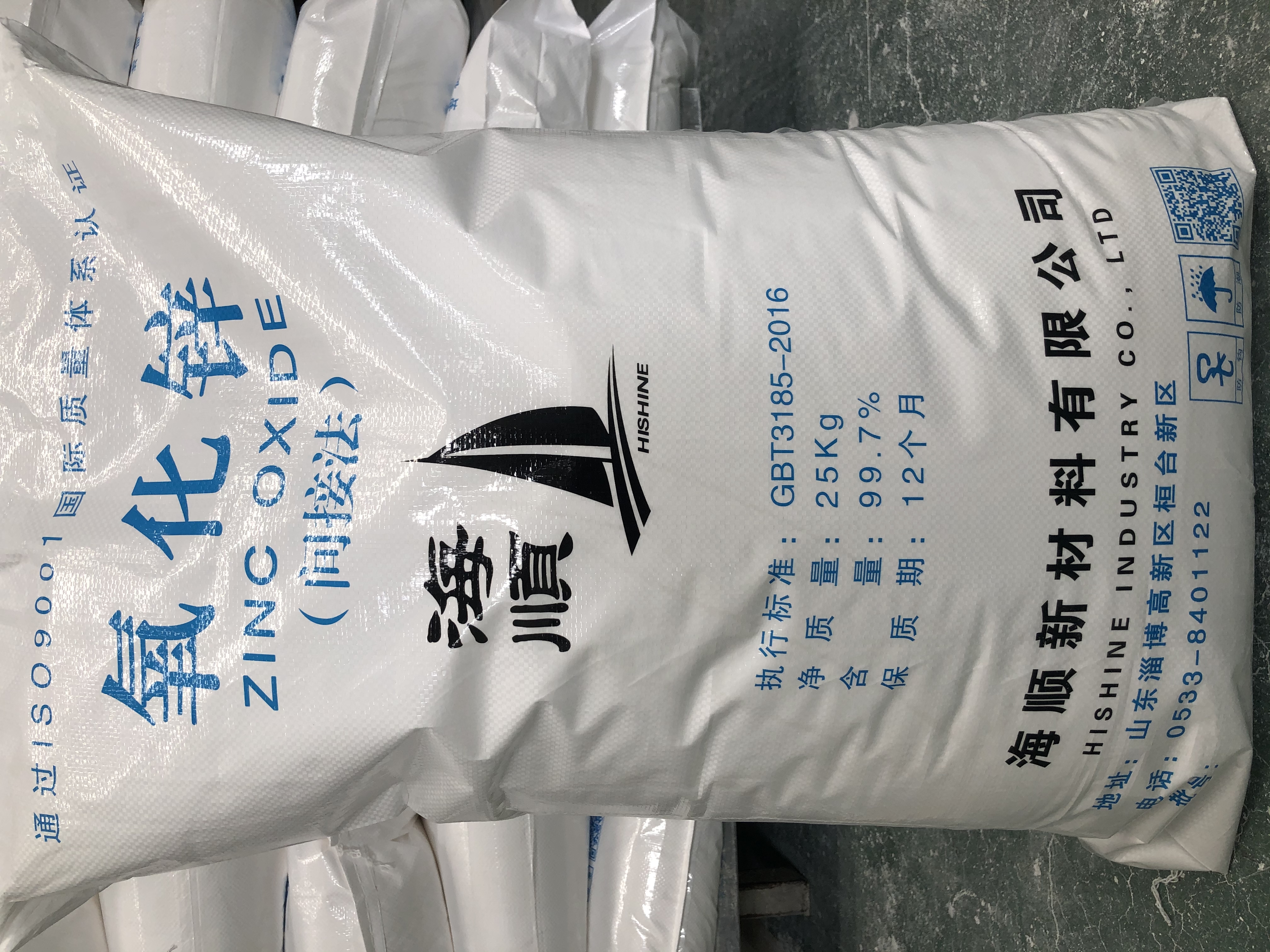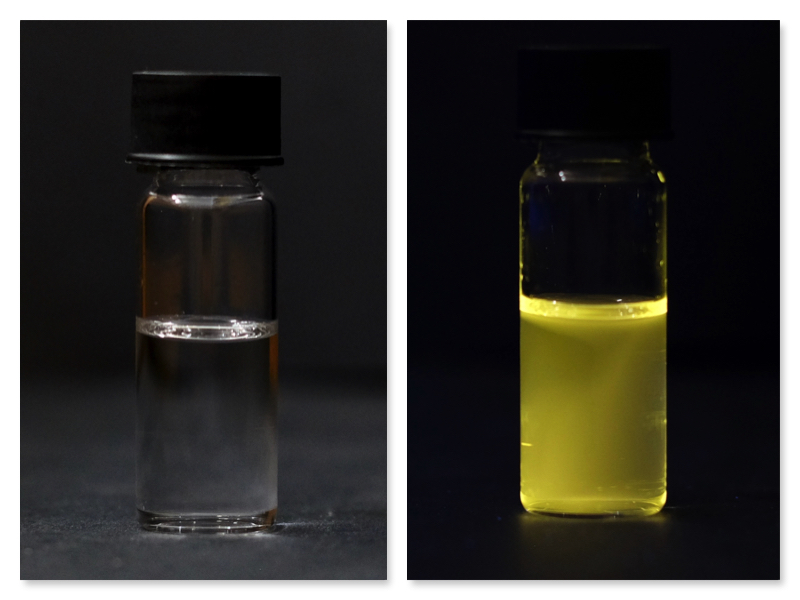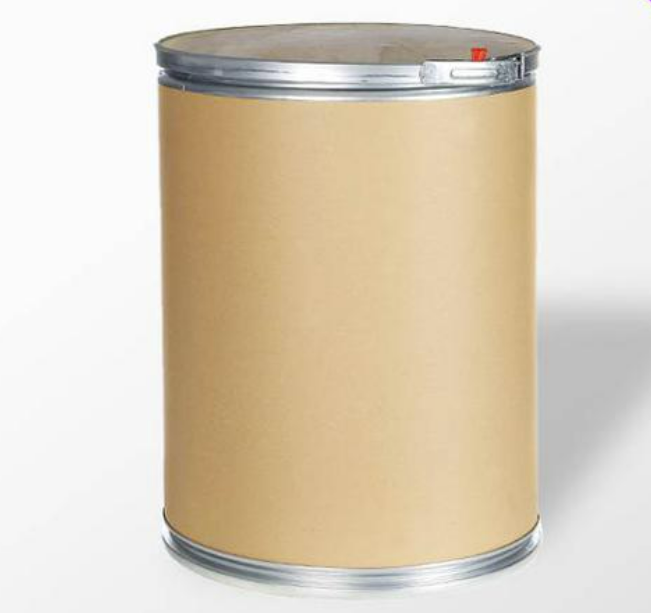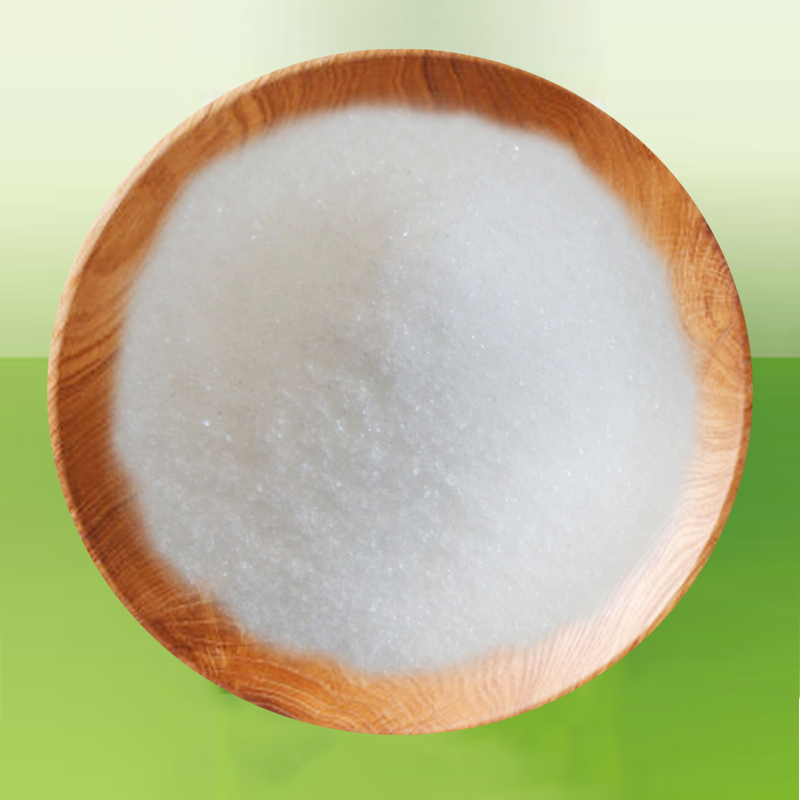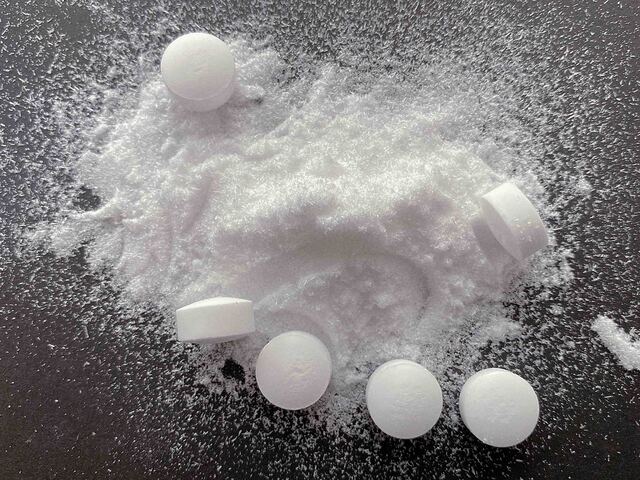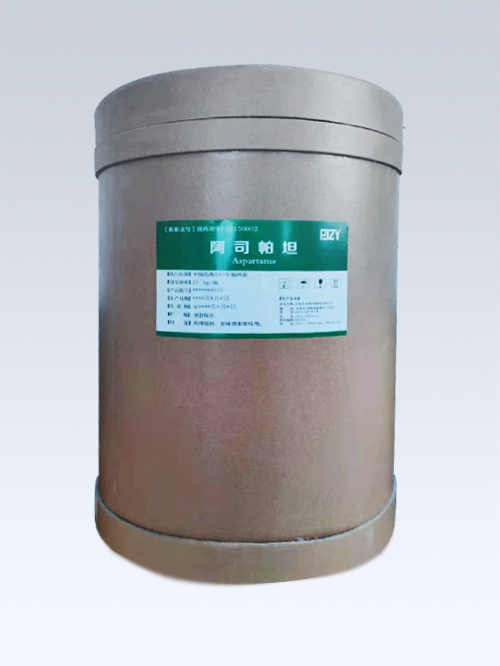Food(Feed) Additives
Feed Additive
Additives For Food Packaging
Colorant
Stabilizer and Coagulator
Water Retention Agent
Feed Deworming Health Agents
Anti Corrosion and Preservation
Color Fixative
Flour Treatment Agent
Defoamer
Coating Agent
Feed Vitamins
Emulsifier
Other Food Additives
Nutritional Fortifier
Thickening Agent
Feed Quality Enhancer
Antioxidants
Chewing Gum Bases
Bulking Agent
Feed Amino Acids and Small Peptides
Flavor Enhancer
Sweeteners
Additives For Feed Preservation
Other Feed Additives
Food Additive
Bleaching Agents
Anticaking Agent
Food Flavors and Fragrances
Enzyme Preparation
Feed Trace Elements
Acidity Regulators
Feed Growth Promoters
Feed Conditioner
Find
1531
related chemicals for you
CAS:102-76-1
Molecular Formula:C9H14O6
Alias
More Information
Glycerol Triacetate; Triacetyl Glycerine; Glyceryl Triacetate; 1,2,3-Propanetriol Triacetate; 1,2,3-Triacetylglycerol; 2,3-Diacetyloxypropyl Acetate; 1,2,3-Triacetoxypropane; Triacetine
Brief Introduction
The biggest use of this product is as a plasticizer for cigarette filters - cellulose diacetate, it can also be used as a fixative and lubricating matrix for flavors and fragrances, cosmetics; in addition, it is also used as a cast iron industry, polylactic acid biodegradable plastics, ink coatings , Non-toxic plasticizer or solvent for cellulose nitrate, cellulose acetate, ethyl cellulose, cellulose acetate butyrate.
Suppliers
View More Vendors (7) >
Shandong Jiayuan Composite Materials Co.,Ltd.
≥99
/
Tech Grade
25kg
/
Iron Drum
CAS:108-95-2
Molecular Formula:C6H6O
Alias
More Information
Na 2821; Phenol For Synthesis; Fenol; Phenol - Whole Volume, Crm Standard; Hydroxybenzene; Phenol Bp (Detached Crystals); Acsphenolcrystals; Phenol Solid; Benzenol; Phenol Crystal; Liquefied Phenol; Phenol Water Saturated Sol.,Dnase,Rnase; Phenole; Paoscle; Phenol,Industrial; Phoh; Izal; Carbolic Acid; Phenol, Molten; Fenolo; Phenol Crystals Analar; Hydroxybenzol; Phenol, Loose Crystals A.C.S. Reagent; Phenol - Crystalline Pure Dab, Ph. Eur., Usp; Phenol Usp; Liquefiedphenol,Liquefied,Usp; Phenol,Fusedcrystal,Biotechgrade; Phenol,Fusedcrystal,Technical; Pheynol; _|_; Benzene Derivative
Brief Introduction
Phenol, liquid appears as a colorless liquid when pure, otherwise pink or red. Combustible. Flash point 175°F. Must be heated before ignition may occur easily. Vapors are heavier than air. Corrosive to skin but because of anesthetic qualities will numb rather than burn. Upon contact skin may turn white. May be lethal by skin absorption. Does not react with water. Stable in normal transportation. Reactive with various chemicals and may be corrosive to lead, aluminum and its alloys, certain plastics, and rubber. Freezing point about 105°F. Density 8.9 lb / gal. Used to make plastics, adhesives and other chemicals.
Suppliers
View More Vendors (7) >
CAS:123-66-0
Molecular Formula:C8H16O2
Alias
More Information
Hexanoic Acid Ethyl Ester; Ethyl Caproate; Caproic Acid Ethyl Ester; Ethyl Hexoate
Brief Introduction
This product is mainly used for organic synthesis, preparation of food flavors, for tobacco and liquor flavoring, etc., can be used as pharmaceutical raw materials.
Suppliers
View More Vendors (7) >
CAS:1314-13-2
Molecular Formula:OZn
Alias
More Information
ZINC Hydroxide; Zinc Dihydroxide; C.I.Pigment White 4 (77947); Zincoxide,Puratronic(R); Zincoxidepowder; Zincoxide(fume)(Alsoseemetal); ZnO; Zinc Oxide nano; zinc Oxide Quantum dots; Pelletized zinc Oxide; Zince Oxide
Brief Introduction
Zinc oxide is a kind of pure white powder, which is composed of amorphous or needle like small particles. As a basic chemical raw material, it has a wide range of applications, such as rubber electronics, medicine, coatings and other industries. Zinc oxide can be used as white pigment in printing and dyeing, papermaking, match and pharmaceutical industry. In rubber industry, it is used as vulcanizing agent, reinforcing agent and colorant of natural rubber, synthetic rubber and latex. It is also used in the manufacture of pigment zinc chrome yellow, zinc acetate, zinc carbonate, zinc chloride, etc. In addition, it is also used in electron laser materials, phosphors, feed additives, catalysts, etc. In medicine, it is used to make ointment, zinc paste, rubber paste, etc.
Suppliers
View More Vendors (7) >

60 mesh passing rate ≥ 90%, lead ≤ 10mg / kg
/
Tech Grade
25kg
/
Carton
Alias
More Information
L-Aspartyl-L-Phenylalanine Methyl Ester; Aspartylphenylalanine Methyl Ester; Methyl Aspartylphenylalanate; 1-Methyl N-L-Alpha-Aspartyl-L-Phenylalanate; Methyl L-Alpha-Aspartyl-L-Phenylalaninate; APM; Cas No. 22839-47-0; Aspartame Powder
Brief Introduction
Aspartame is a dipeptide obtained by formal condensation of the alpha-carboxy group of L-aspartic acid with the amino group of methyl L-phenylalaninate. Commonly used as an artificial sweetener. It has a role as a sweetening agent, a nutraceutical, a micronutrient, a xenobiotic, an environmental contaminant, an apoptosis inhibitor and an EC 3.1.3.1 (alkaline phosphatase) inhibitor. It is a dipeptide, a carboxylic acid and a methyl ester. It derives from a L-aspartic acid and a methyl L-phenylalaninate.
Flavoring agent sweeter than sugar, metabolized as phenylalanine and aspartic acid.
Suppliers
View More Vendors (7) >
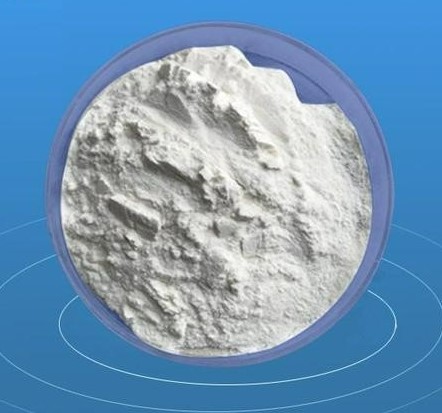
<GB1886.69-2016>;98.0%~102.0%
/
Food Grade
25kg
/
Fibre Drum
Inquiry (
10
/ 10
)
Clear All
You can inquire for up to 10 products at a time
Sign In
Error!

